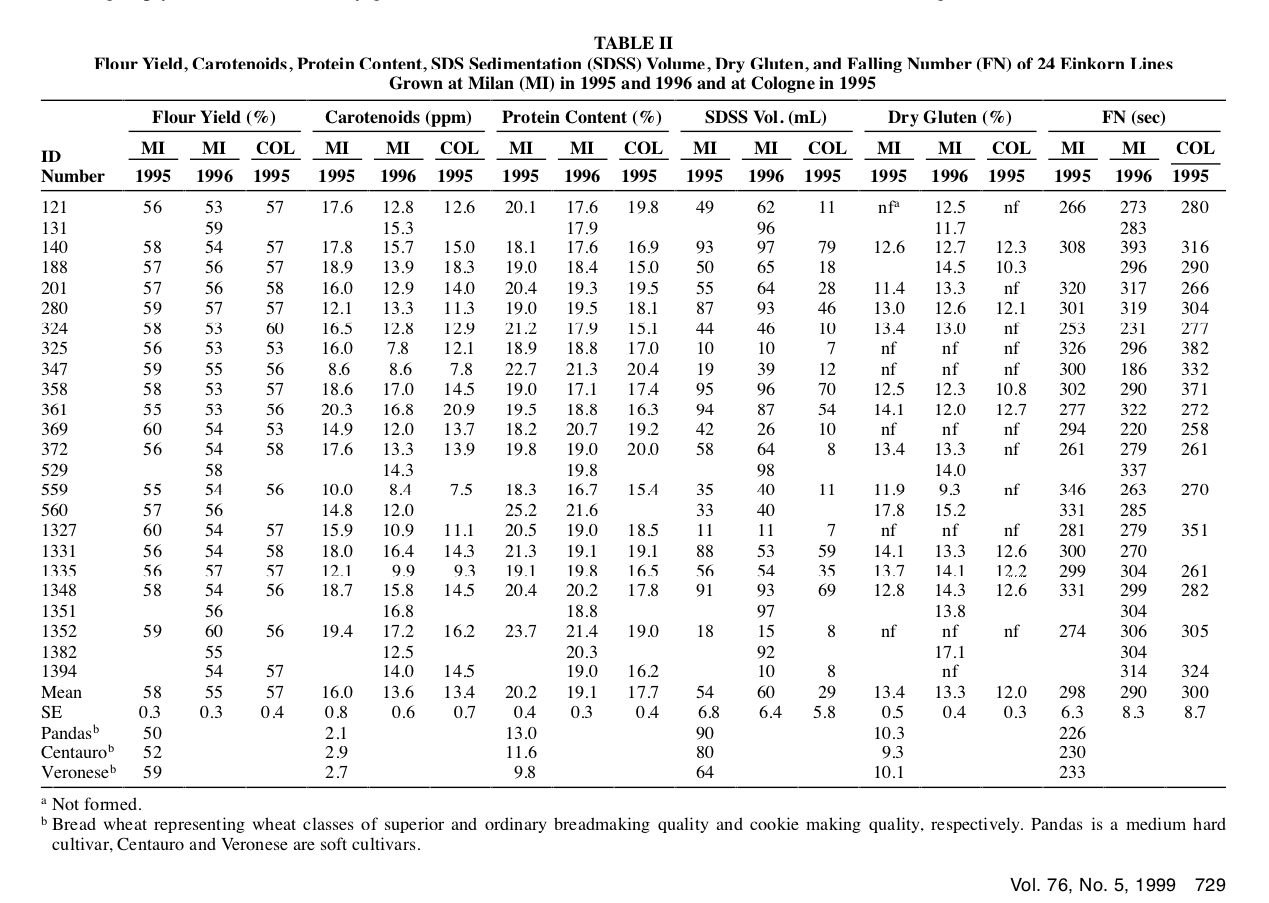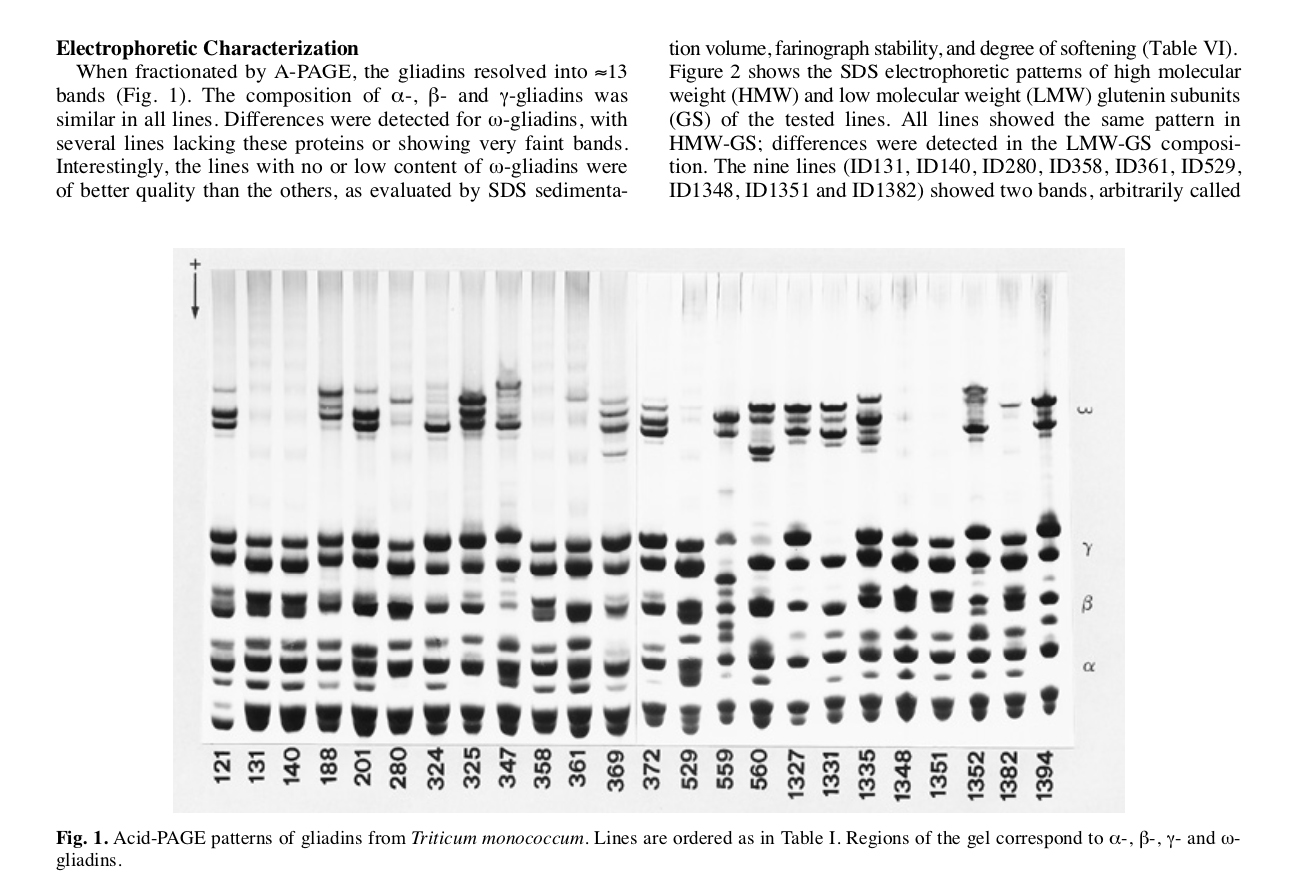“Ma di che si tratta esattamente? Una popolazione evolutiva non è altro che una mescolanza di tantissime varietà diverse della stessa specie. Un concetto tanto semplice, quanto concretamente utile: Questi miscugli servono a far fronte al cambiamento climatico grazie alla loro capacità di evolversi nel tempo. Proprio per questa loro capacità Ceccarelli preferisce chiamarle popolazioni evolutive, e non miscugli come si fa spesso. Vi faccio un esempio concreto: nel 2008 mentre lavoravo ad Aleppo ho mescolato un migliaio di tipi di semi di orzo e li ho portati ad alcuni agricoltori in cinque paesi diversi: Siria, Algeria, Eritrea, Giordania e Iran. Il risultato è stato subito un raccolto abbondante, che poi è stato distribuito ad altri agricoltori, e le sementi così selezionate sono state diffuse. L’anno successivo ho fatto lo stesso con frumento duro (mescolando 700 tipi diversi) e con il frumento tenero (mescolando 2000 tipi diversi). Con gli anni queste tre popolazioni si sono moltiplicate, hanno viaggiato per tutto il Medio Oriente e nel 2010 sono arrivate e hanno cominciato a diffondersi in Italia. Una diffusione avvenuta spontaneamente tra gli agricoltori con il semplice passaparola. I vantaggi. Si tratta di miglioramento genetico partecipativo-evolutivo, facilmente spiegabile attraverso la teoria dell’evoluzione, secondo cui coltivando una popolazione evolutiva, ci si mette al riparo da malattie ed erbe infestanti nuove o cambiamenti climatici perché tra gli individui di una popolazione ce ne sarà sempre una parte che riuscirà a cavarsela. Non solo, con le popolazioni evolutive si evita di sottostare al monopolio dei semi e all’impoverimento dei raccolti e della dieta quotidiana. “ Fonte: https://www.gamberorosso.it/notizie/articoli-food/grano-evolutivo-storia-e-vantaggi-del-miscuglio/ intervista al Dott. Salvatore Ceccarelli.
The consumer demand is increasingly oriented to knowing what they put on the plate, or rather to have the possibility to know the whole product chain and its characteristics. The wine and oil supply chain, to cite just two important examples, testify to the importance of complete and possibly exhaustive information, which is also the key, together with the quality, of the success of the most famous products. With wheat do we want to walk this path backwards? Do we eat what the field produces as mother nature decides?


